
Pal-Mates … weekend web tip
New bird flu cases are coming up most days. Is there anything that can save your birds if you are infected? Most of East Anglia is subject to a poultry

New bird flu cases are coming up most days. Is there anything that can save your birds if you are infected? Most of East Anglia is subject to a poultry
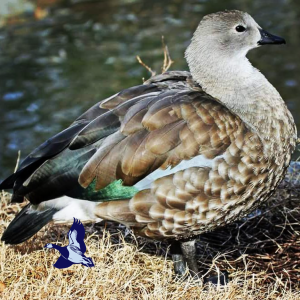
Pal-Mates … weekend web tip Talking about the status of a wild species and its abundance in the wild, we refer to the International Union for Conservation — IUCN.
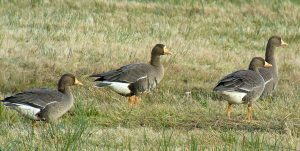
Confident you know your geese? The Grey Geese is the collective group of species including the Greylag, Pink-footed and Bean Geese. The Black Geese includes the Brents and Barnacles.
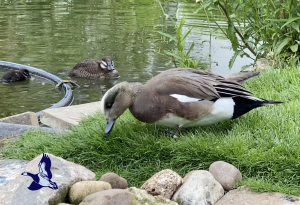
Clearing excess plant growth in bird enclosures reduces areas where rats may hide. In the process though, your grass gets trashed if you leave the job too late. Grass takes
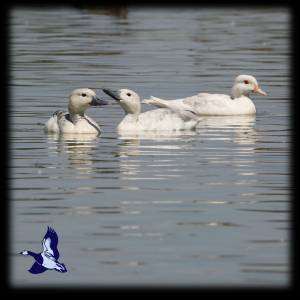
Marmite ducks? These colour variations of Carolina, Aix sponsa and Fulvous Whistling Ducks, Dendrocygna bicolor, and other colour mutations are still popular, but has the boom passed? If mutations
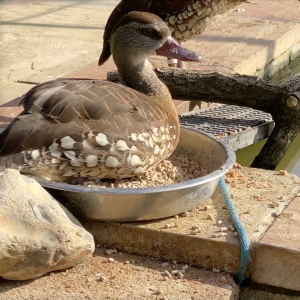
Table manners! Sitting on the food not necessarily reccommended. What’s the state of your feed bins? Mites and mould can proliferate in warm weather if pellet and grain are not
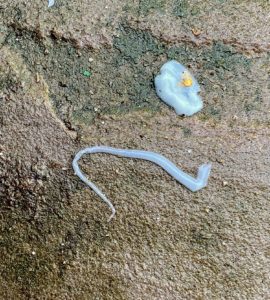
Worming waterfowl – Is prevention better than cure? With a change in the weather to warm and wet conditions now is the time to be observant for signs of worms
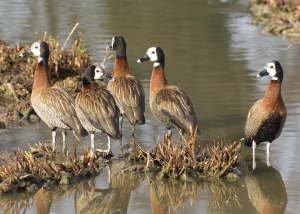
Did you know it’s World Elephant Day? Critically Endangered African Forest Elephants share their dense rain forest habitat and surrounding areas with several waterfowl. In the Congo Basin you’ll
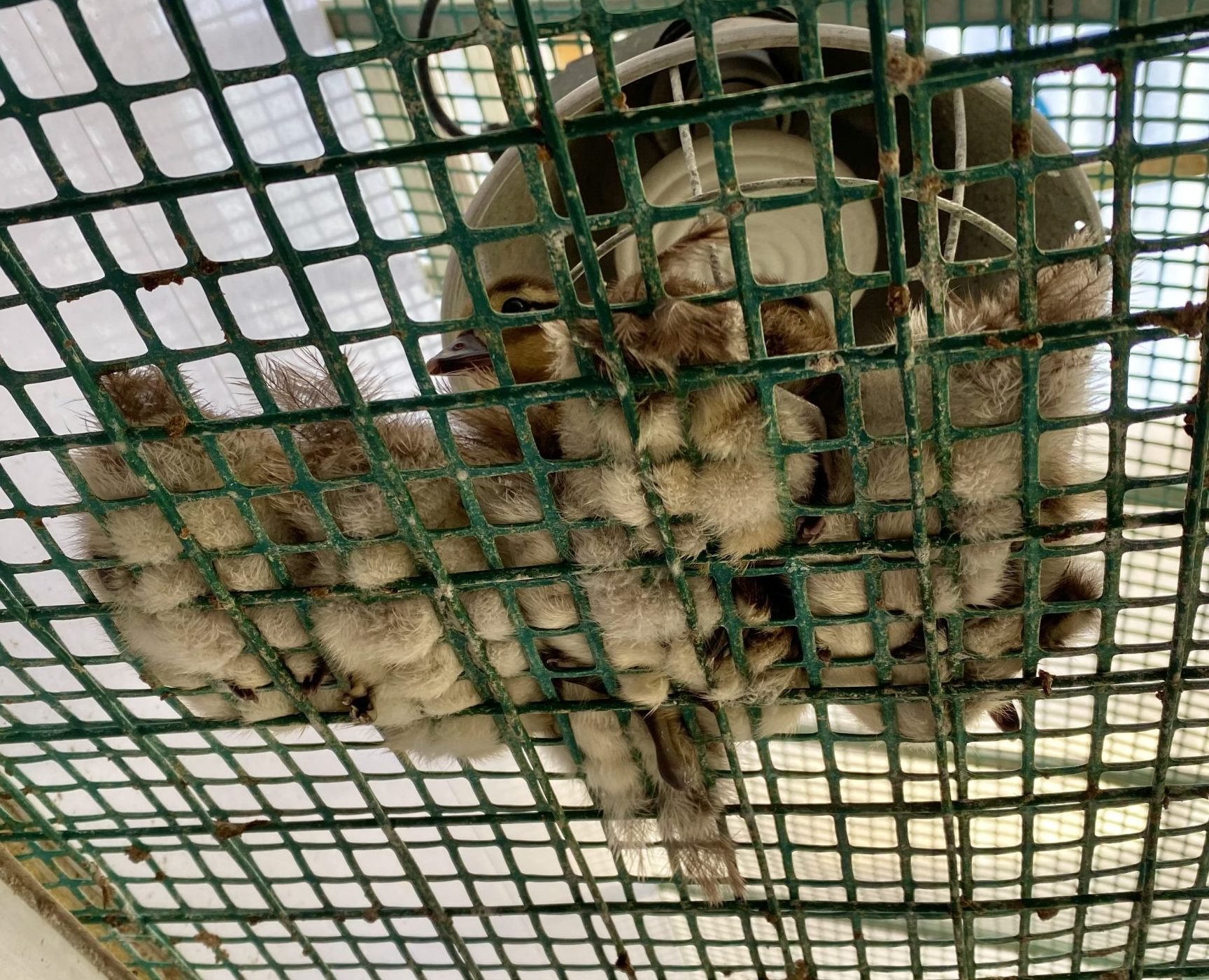
Have you ever wondered why breeders use raised cages for rearing young birds? Feather quality is essential for waterfowl and the ability to dry out and be comfortable makes all
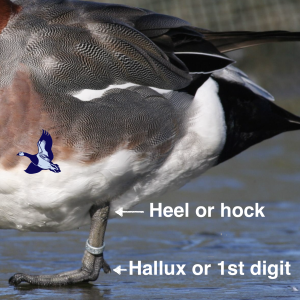
There’s a sweet spot when you can fit a closed ring of the correct size. It may only be a few days and the age differs for each breed and

There’s no doubt that plants growing through an overhead net softens it’s appearance, but they will shorten the life if the net. Climbers such as hops, clematis and jasmine are
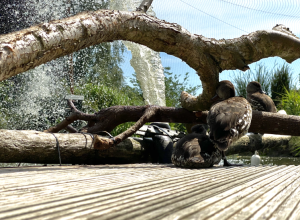
Clean water is really enjoyed by waterfowl. With continued high temperatures, here are tips to help waterfowl feel more comfortable: • Watch your birds and see where they choose
The BWA offers members a wide range of services and facilities to help you get more enjoyment from waterfowl.
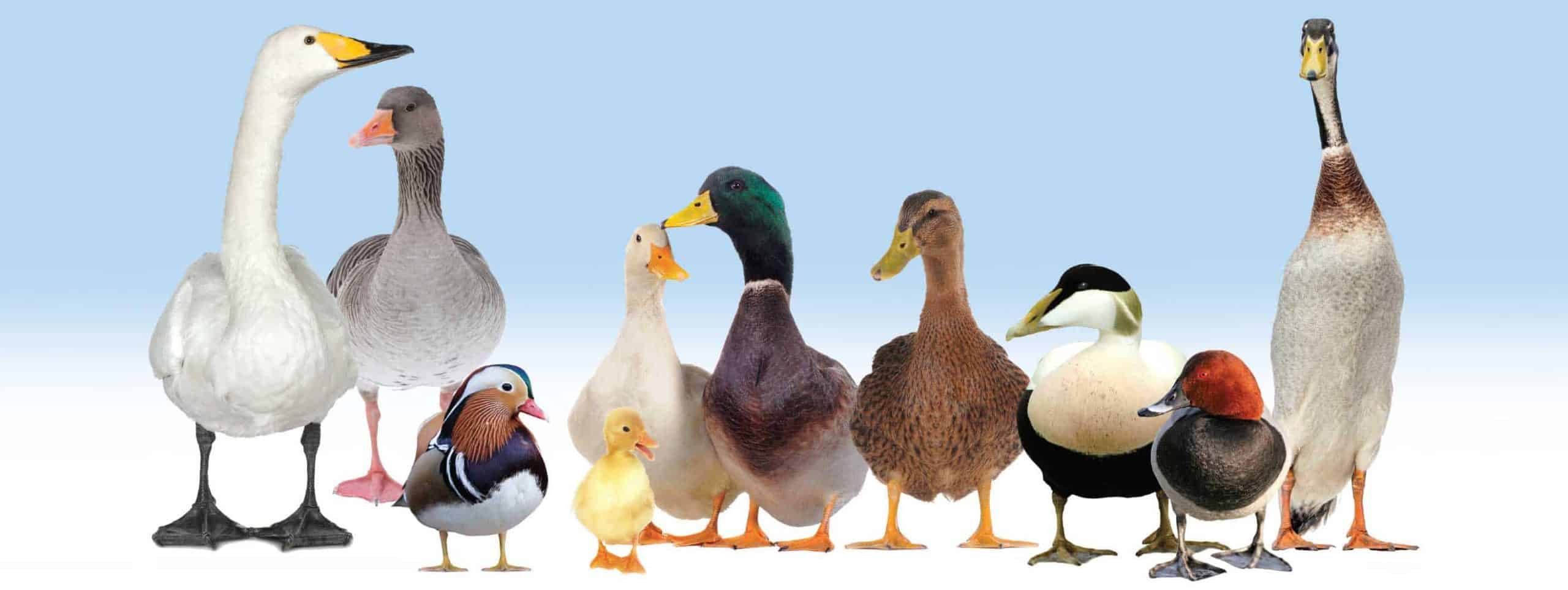
© 2024 – All Rights Reserved | Registered charity number 263156